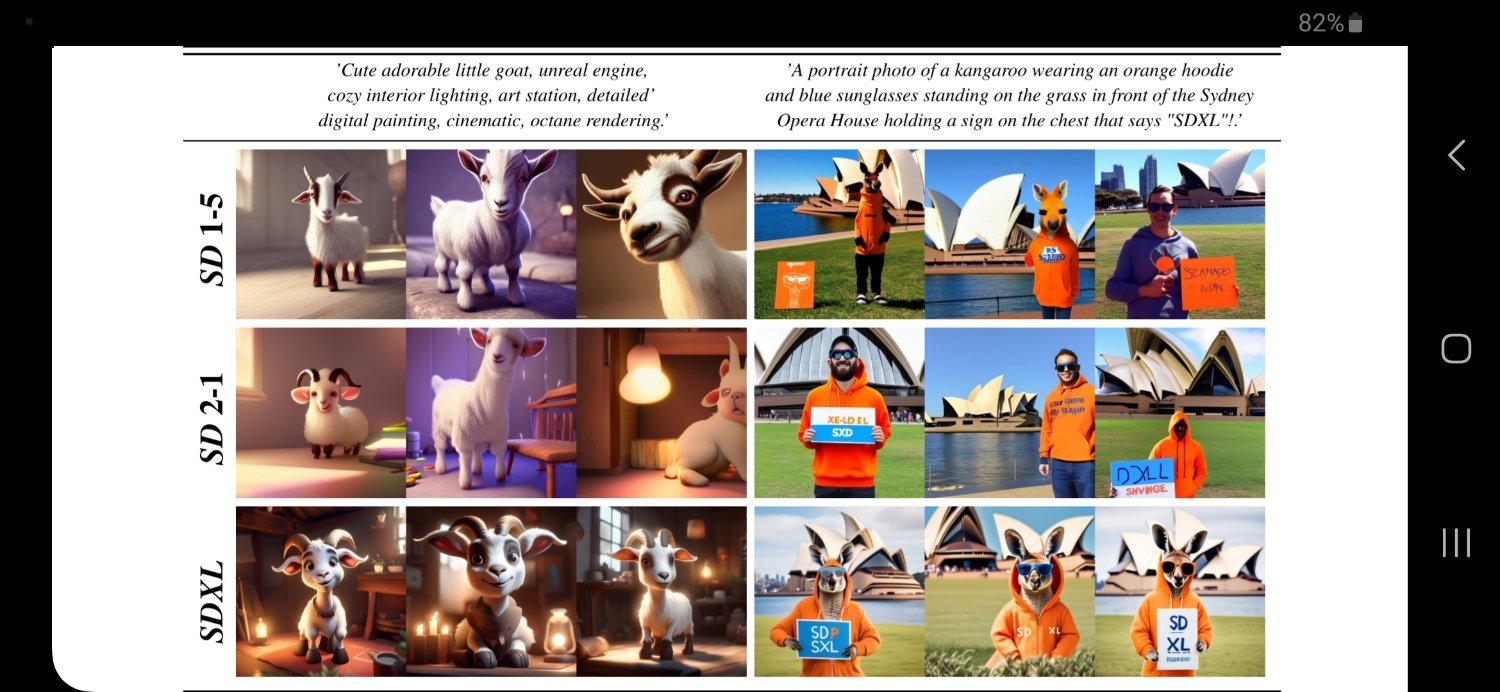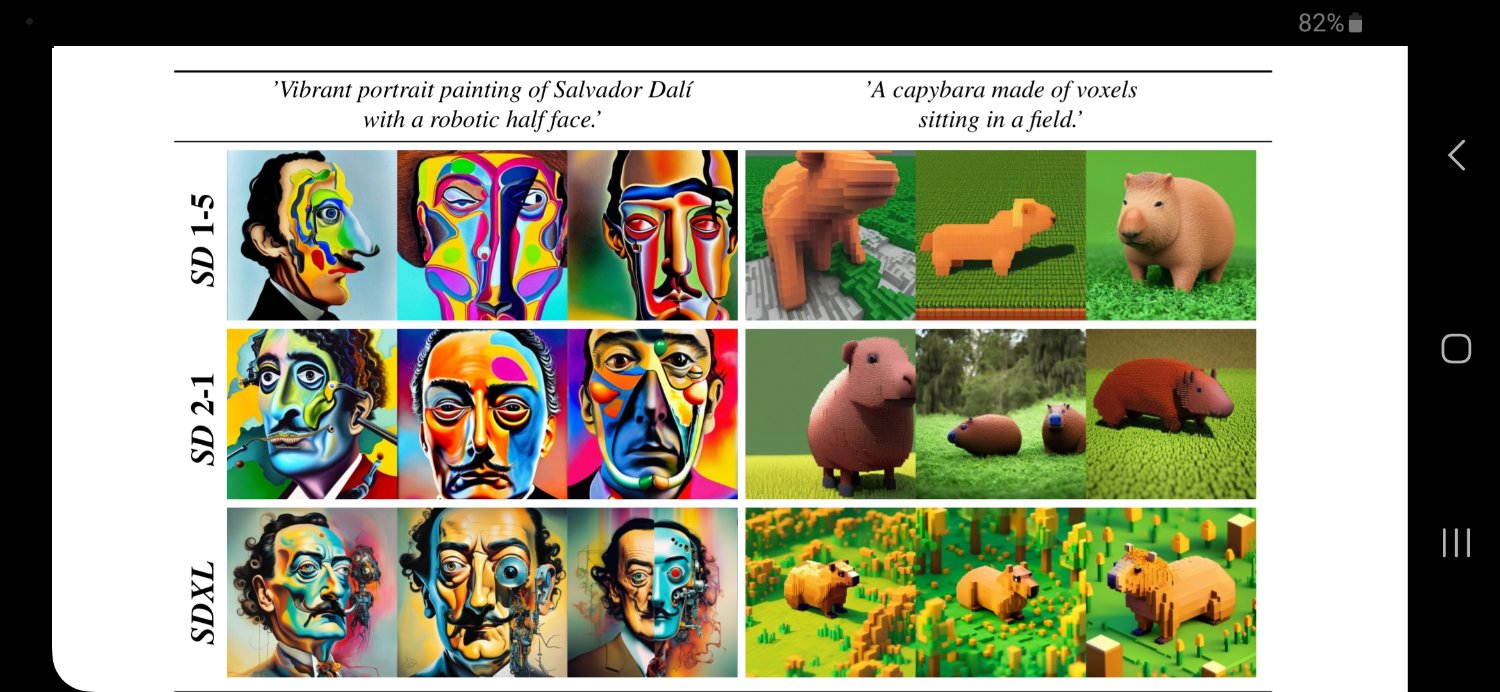What's New in v3.0.0 Quite a lot has changed, both internally and externally
Web User Interface:
A ControlNet interface that gives you fine control over such things as the posture of figures in generated images by providing an image that illustrates the end result you wish to achieve.
A Dynamic Prompts interface that lets you generate combinations of prompt elements.
A redesigned user interface which makes it easier to access frequently-used elements, such as the random seed generator.
The ability to create multiple image galleries, allowing you to organize your generated images topically or chronologically.
A graphical node editor that lets you design and execute complex image generation operations using a point-and-click interface (see below for more about nodes)
Macintosh users can now load models at half-precision (float16) in order to reduce the amount of RAM used by each model by half.
Advanced users can choose earlier CLIP layers during generation to produce a larger variety of images. Lots of new samplers/schedulers!


Weird aspect ratio but great work 👍